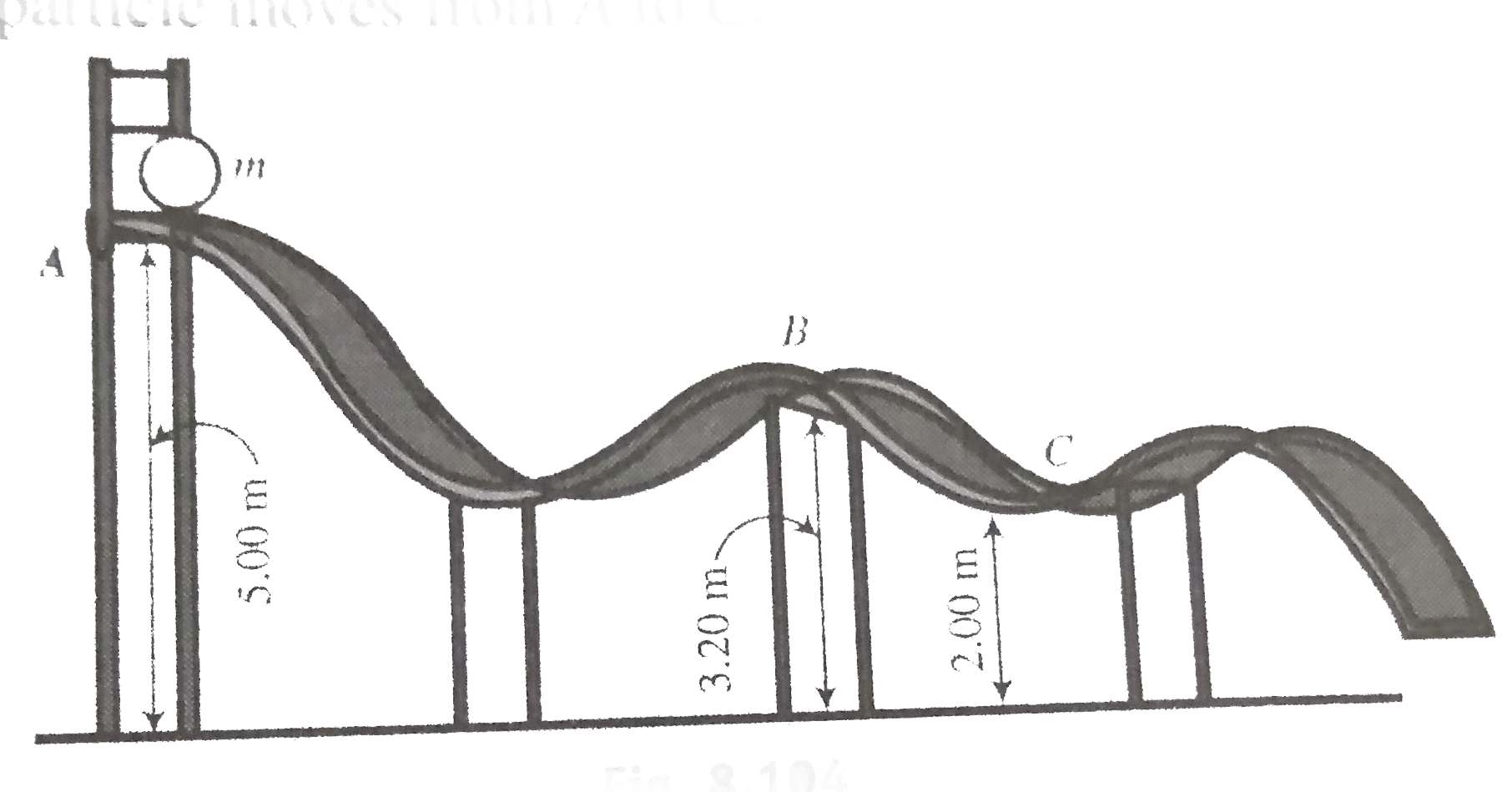Statement-1. For a charged particle moving from point P to point Q, the net work done by an electrostatic field on the particle is independent of the path connecting point P to point Q
Statement-2. The net work done by a conservatie force on an object moving along a closed loop is zero.
Satement-1 is True, statement-2 is True, Statement-2 is the correct explanation for Statement-1
Satement-1 is True, statement-2 is True, Statement-2 is NOT a correct explanation for Statement-1
Satatement-1 is false, Statement-2 is true
Satement-1 is true, Statement-2 is false.
The correct Answer is:A
Step by step video, text & image solution for Statement-1. For a charged particle moving from point P to point Q, the net work done by an electrostatic field on the particle is independent of the path connecting point P to point Q Statement-2. The net work done by a conservatie force on an object moving along a closed loop is zero. by Physics experts to help you in doubts & scoring excellent marks in Class 12 exams.
Updated on:21/07/2023Topper's Solved these Questions
- ELECTROSTATICSBook:RESONANCEChapter:ELECTROSTATICSExercise:HLP
Explore 39 Videos
- ELECTROSTATICSBook:RESONANCEChapter:ELECTROSTATICSExercise:Exercise - 3 Part - I
Explore 34 Videos
- ELECTROMAGNETIC INDUCTIONBook:RESONANCEChapter:ELECTROMAGNETIC INDUCTIONExercise:A.l.P
Explore 19 Videos
- EXPERIMENTAL PHYSICSBook:RESONANCEChapter:EXPERIMENTAL PHYSICSExercise:PART -II
Explore 10 Videos
Similar Questions
Knowledge Check
If a particle moves from point P(2,3,5) to point Q(3,4,5). Its displacement vector be
Aˆi+ˆj+10ˆkBˆi+ˆj+5ˆkCˆi+ˆjD2ˆi+4ˆj+6ˆkStatement-1 : Friction is non-conservation force.
Statement-2 : This is because work done against friction, in moving a body over a closed path, is never zero.AStatement - 1 is ture , statement -2 is true, and statement-2 is correct explanation of statement -1.BStatement-1 if ture, statement-2 is true, but statement -2 is not a correct explanation of statement-1.CStatement-1 is true, but statement -2 is false.DStatement-1 is false, but statement-2 is true.A point charge -q is moving around another charge Q under the electrostatic attraction. If the path followed is elliptical, then
AThe angular momentum of charge -q remains constantBThe linear momentum of charge -q remains constantCThe angular speed of the charge -q remains constantDThe linear speed of the charge -q remains constant
The work done in carrying a point charge form one point to another in an electrostatic field depends on the path along which the point charge is carried.
View SolutionThe force is ………. if the work done by the force in displacing a particle from one point to another is independent of the path followed by the particle .
View SolutionThe work done in moving a charge particle between two points in a uniform electric field, does not depend on the path followed by the particle . Why ?
View SolutionA particle of mass m=5.00kg is released from point A and it slides on the frictionless track shown in figure. Determine (a) the particle's speed at points B and C and (b) the net work done by the gravitational force as the particle moves from A to C.

View SolutionA particle is moving in a conservative force field from point A to point B.UA and UB are the potential energies of the particle at point A and B and WC is the work done by conservative forces in the process of taking the particle from A and B, which of the following is true?
View Solution